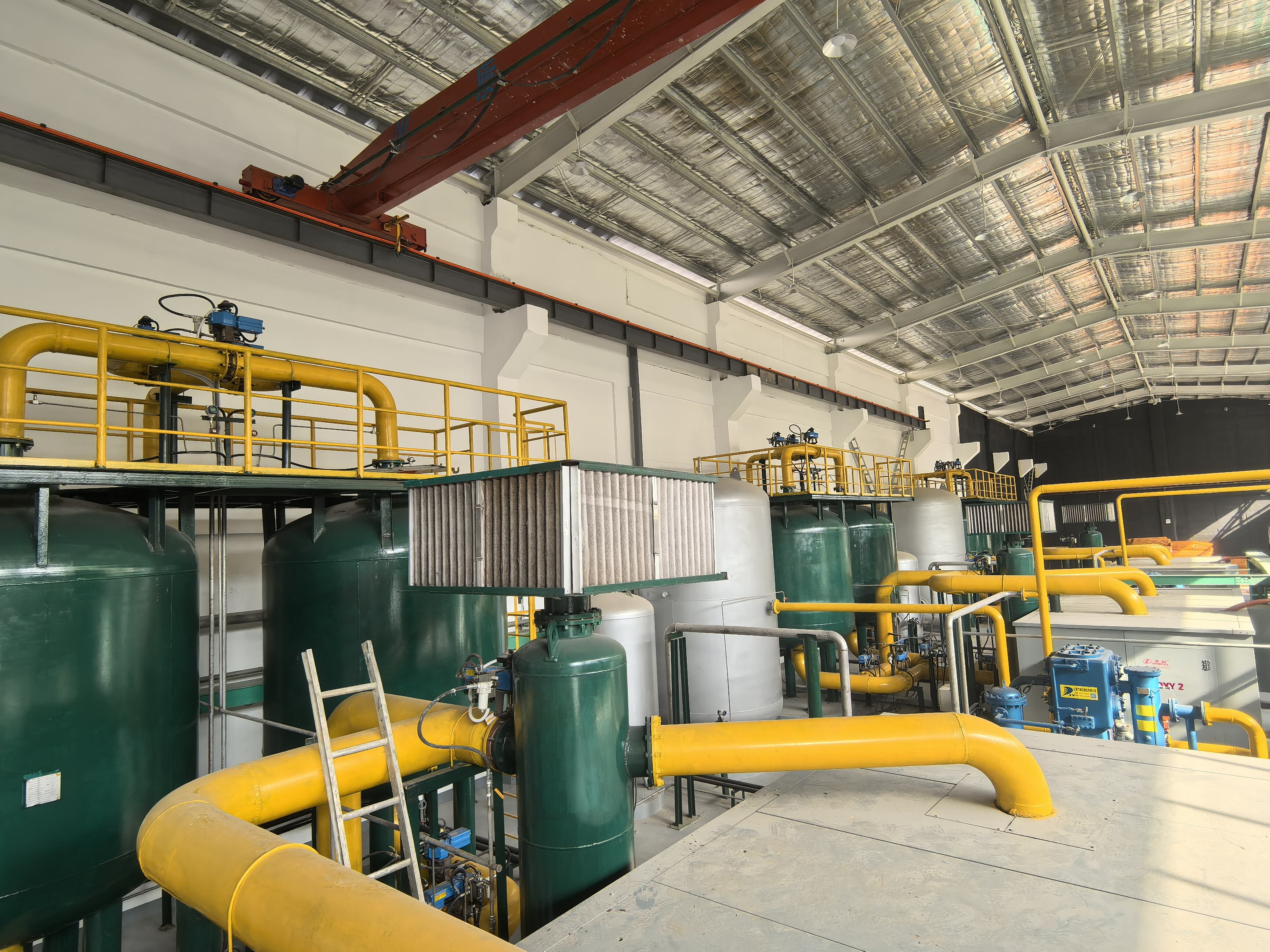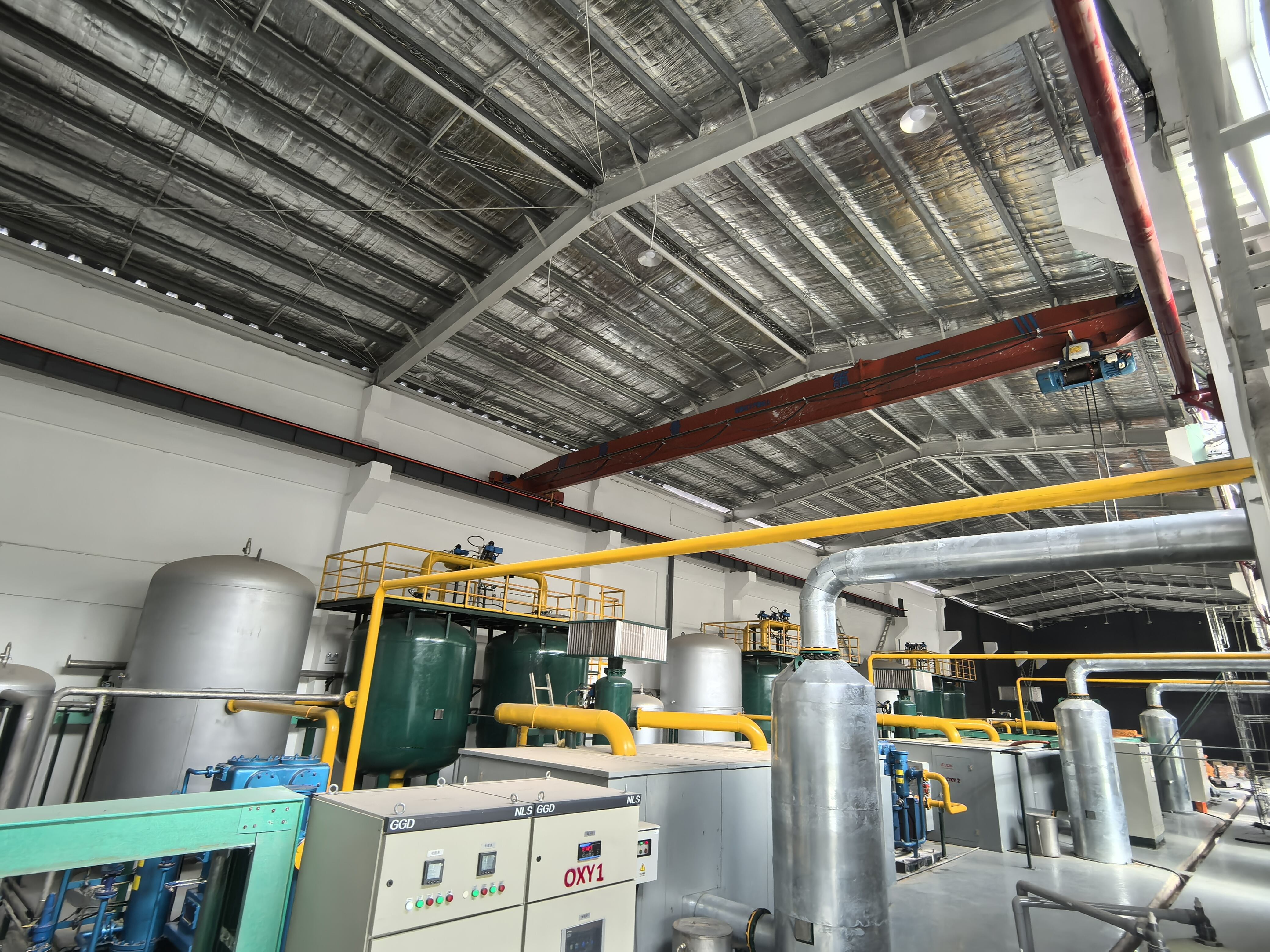نرخی جیهانکار ئاکسیژن vpsa
نرخی ژێنەرێتۆری ئوکسیجنی VPSA دەنماییێکی لەگەڵگری کراوەی هەڵبژاردەکانی تەکنالۆژییەکانی ڕێکخستنی گاز دەدات، کە چارەسازی ڕووداوەکەی پارەی بەردەوام بۆ ساڵەکانی تەواوەکانی ئوکسیجن دەدا. ئەم سیستەمەکانە لە ژمارەی $50,000 لەلایەن تا $500,000 دەستپێک کەوت، لە بەرگریتی و شاردنەوەیان بەرهەم دەبێت. نرخەکە ئەوەیەی تەکنالۆژییەکانی خواردنەوەی فشاری گەورەی VPSA دەرکەوتەوە، کە ئەمەش ئەوەیەی ئوکسیجنی بە شاردنەوەیەکی باشتر بە شێوەیەکی کارەکەیان بەردارێت، لەگەڵ ئەوەیەکەی شاردنەوەیان لە 93-95% دەربڕێتەوە. سیستەمەکانی نوێتری VPSA کۆنترۆلەکانی پێشکەوتووەکانی نوێ، کۆمپۆنەنتەکانی باشتر بۆ کاربردی ئەنرژی، و موادەکانی باسەکەیان لەسەر ئەوەیەکەی گرتەوەیان بەرزەیان دەرکەوتەوە. نرخەکە ڕێکخستنەکانی گشتیەکانی ژمارەیەکی ڕاستەقینە وەک کاریگەریەکانی ئۆتۆماتیک، ئابراندنەوەیەکانی دورەوە، و سیستەمەکانی باشتر بەڕێزبەرداری ئەنرژی دەرکەوتەوە. ئەوەی ئەو سیستەمەکانیش لەسەر ئەوەیەکەی باشترین ڕووداوەکانیان دەرکەوتەوە، ئەوەیەی ئوکسیجنیان بە زۆری یەکسەری ڕێکخستنی ئوکسیجنی لیکویدی سەرەتایی دەست دەکەون. سەرەتاڵەکەیەکەی ئەو سیستەمەکانە کۆمپانیەکانی ڕێکخستنی گشتیەکانی پێشکەوتووەکانی نصبکردن، سەبارەتبوون بە ڕێگەکانی ئەوەیەکەی گشتیەکانی باسەکەیان، و کەواتەیەکی ژمارەیەکی ڕاستەقینەیەکانی گشتیەکانی گەڕان دەرکەوتەوە. ئەم سیستەمەکانە بەرەو ئەوەیەکەی کاریگەریەکانی پێشکەوتووەکانیان دەست دەکەون، لە ڕێگەیەکی ڕاستەقینەیەکەی گشتیەکانی باسەکەیان لە 100 لەلایەن تا 20,000 Nm³/هەروەر، کە ئەوەیەکەی ئەوەیەکەیان بەرزەیان دەرکەوتەوە لەسەر ئەوەیەکەی کاریگەریەکانی مەدیکال لەلایەن تا کاریگەریەکانی صنایعی. سەرەتاڵەی نرخەکەیەکەیەکەی ڕێکخستنەکانی گشتیەکانی باسەکەیانی ڕێگەیەکی ڕاستەقینەیەکەی گشتیەکانی باسەکەیان دەرکەوتەوە، لەگەڵ ئەوەیەکەی کەمکردنەوەی ئەنرژی، ڕێکخستنەکانی گشتیەکانی باسەکەیانی کەم، و کەمکردنەوەی ئەوەیەکەی ئەوەیەکەی گشتیەکانی باسەکەیانی ئوکسیجنی باسەکەیان.


